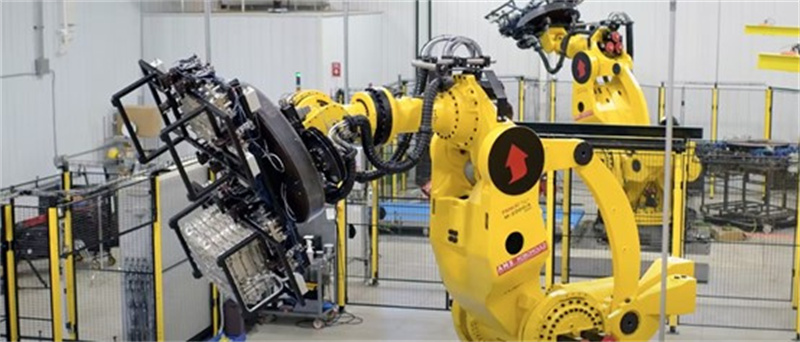What is Robomolding?
 Jul 27,2022
Jul 27,2022

What is Robomolding?
Like rotomolding, robomolding is rotational molding techniques that produce stress-free, complex plastic parts with variable wall thickness and high-impact strength. Robomolding uses digital manufacturing techniques and robotics to precisely deliver heat to the mold, leading to differences in labor hours, facilities and carbon footprints, part tolerances, material choices, and the complexity of designs that can be achieved.
How does robomolding work?
Firstly, the fixed temperature convection oven is being replaced by moulds containing internal heating and cooling elements. Secondly, the simple two axis rotating arm is being replaced by programmable multi-axis manipulators such as robot arms. Together these complementary technologies are creating an entirely new form of rotational molding that is highly flexible and controllable, and which offers the prospect of a step change in rotational molding technology. That is why robomolding also known as robotic rotational molding.

Advantage of robomolding
Robomolding technology creates high tolerances with precision distributed heat and material control for consistent part repeatability and optimized strength-to-weight ratios. It also allows for unsurpassed design flexibility including the ability to layer different compounds and coatings into finished parts. For these reasons and more, Robomolding technology is ideal for , OEM, industrial and commercial applications where precision and unsurpassed repeatability are vital.
This innovative technique can automate parts of the process to help reduce overall manufacturing time and improve cycle times. Utilizing individual heating elements that are designed into the aluminum tools, robomolding allows for precise heating of different zones. Electric heating elements also eliminate the need for large heating and cooling chambers, thereby reducing energy consumption, creating a smaller footprint, and providing more-consistent, quality parts off the tool.
Robomolding manufacture more precise parts with greater complexity by closely controlling the heat distribution, allowing for thinner, more consistent wall thicknesses and reduced overall weight. This ability to better control wall thickness is a distinct advantage in that it allows for designed-in wall thickness variation in specific areas. Additionally, multi-layer parts are possible and practical with a wider range of polymers.
 Tel: 0086-13632687993
Tel: 0086-13632687993  Email: roto@lightvenus.com
Email: roto@lightvenus.com

 Home
Home What types of Tooling are Used in Rotational Molding?
What types of Tooling are Used in Rotational Molding?  You May Also Like
You May Also Like



 Tel
Tel
 Email
Email
 Address
Address








